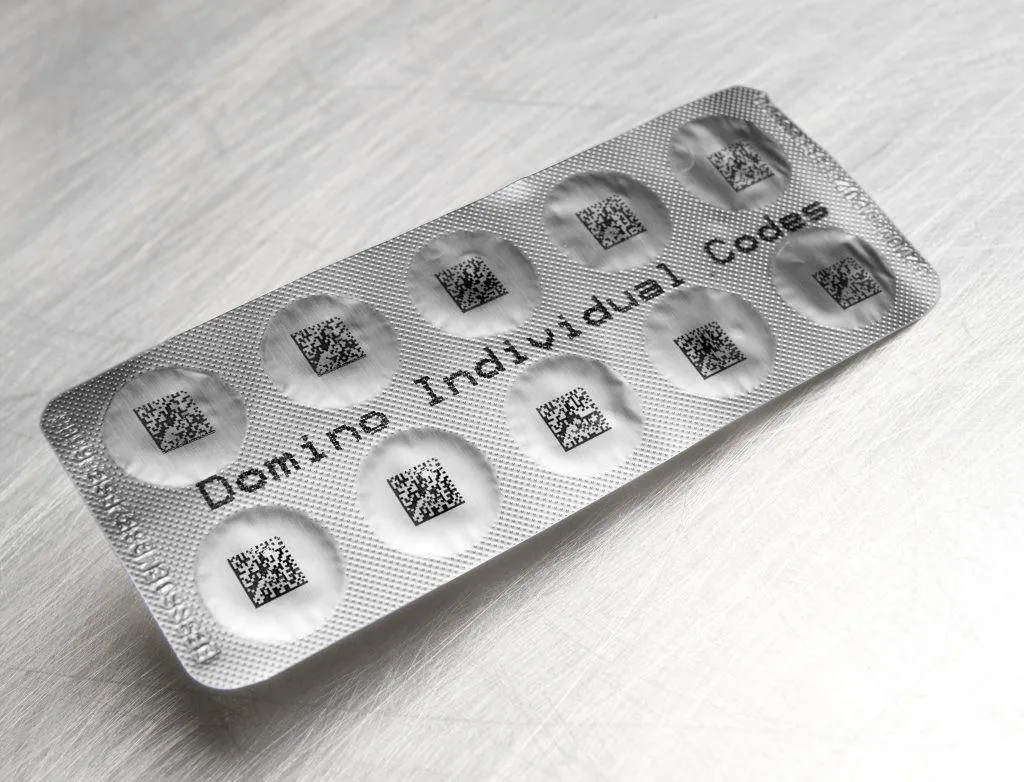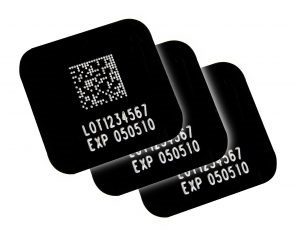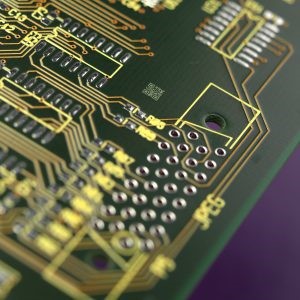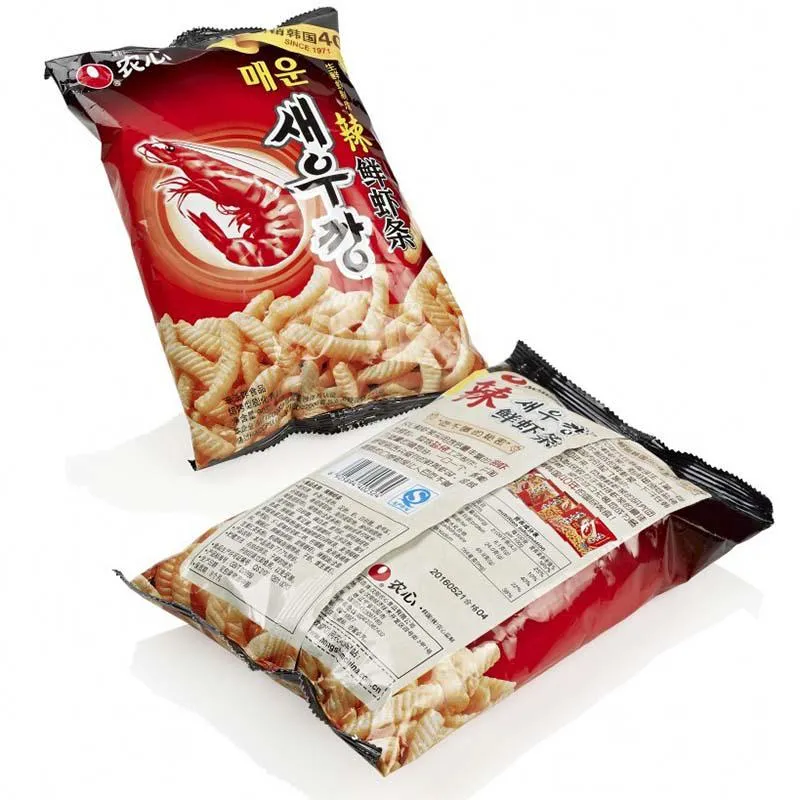What is a 2D data matrix?
One of the best things about 2D data matrices is that, depending on their application, they are easy to read. They give manufacturers a way to convey lots of information using a very small symbol that can be decoded using a scanner or even a smartphone. They bring increased transparency and efficiency to supply chains. They also give manufacturers a new channel for interacting with end-customers – whether they want to provide additional nutritional information to food packaging, enhance security or encourage participation in a competition.

But there’s lots to consider when working with 2D data matrices. Getting the right technology and coding efficiently requires careful consideration of your business requirements, your packaging materials and the existing technology on your production lines. Using the wrong technology to apply your 2D data matrix codes can add to your costs and cause problems with decoding data, or worse – break the law.
Here are a few simple guidelines:
Size
Though they are small, 2D data matrices have a generous data capacity. That allows manufacturers to apply comprehensive traceability data without destroying the look and feel of your product packaging. Generally speaking, the more data you need to convey, the larger your data matrix will be. The important thing here is to make sure the dimensions respect the GS1 guidelines in terms of X-dimension to avoid rejected products when the code gets graded against the ISO 15415 standard.

Shape
You will have noticed that most 2D barcodes are square. It’s the most commonly used format and enables the encoding of the largest amount of data. However, a rectangular form can also be used, which may be preferable if you are running high-speed production lines.
Placement
Whether it’s to stand out on the supermarket shelf or to comply with industry regulations, every manufacturer knows that packaging design is all important. That means you could find yourself somewhat limited in terms of where you position your 2D matrix on your product. Yet placement is crucial. Printing your symbol across folds, seams or curves in the packaging can all cause problems with scanning performance. Symbols should also be surrounded by a quiet zone – a light area around the data matrix that does not contain any graphic elements. This makes it easy for scanners to recognize and interpret the code. Finally, it is recommended that a human readable interpretation of your data matrix is printed near the symbol – close enough that the characters are obviously associated with the matrix.
Colors and contrast
A brand’s colors are a huge part of its visual identity. But extending these to your data matrix may be unwise. For your symbols to be effectively decoded, there has to be lots of contrast between the two colors used in the symbol. Hence why the majority of 2D data matrices are black and white – it’s the most effective color combination. Other colors – such as dark greens or dark blues – can be used, but note that red can appear as white to some scanners that use red light.
Dark areas should use solid dark colors (black, blue, or colors that contain a very high proportion of black). Avoid intermediate colors – those that are neither light nor dark – as well as highly reflective inks, which can blind scanners. Shiny surfaces as well as transparent packaging can also cause contrast problems.

Substrates
From scalpels to packets of sausages, today’s printing technology makes it possible to apply 2D data matrices onto practically any product or packaging – right there on the production line. However different printing technologies are suited to different types of substrate. To improve the quality of your symbols and reduce printing errors, it’s important to consider your product, your packaging and your business needs. Then you can find the technology that fits best.
The printing technologies most suited to printing data matrices are thermal Inkjet, thermal transfer and laser etching.
Thermal inkjet
Depending on the substrates you are working with, it’s likely your best option for applying 2D data matrices will be thermal inkjet technology. These printers use thermal energy to heat ink and apply it to your packaging. They are a great fit for busy production lines where speed is business-critical – and they work with a variety of substrates with extremely low TCO.
Thermal transfer
Thermal transfer technology is best used for printing onto flexible packaging and adhesive labels. It works through heat being transmitted onto a ribbon (a tape coated with specially designed ink) that then transfers the image to the label. The choice of ribbon is determined by the type of substrate and print head configuration. Print quality is influenced by heat energy, print speed and pressure.

Laser etch
Laser etch technology uses precisely controlled lasers to permanently mark products. The power of the laser needs to be set based on the volume of printing required as well as the speed of printing. The power must be adapted to substrates and commonly ranges from 10 to 100 watts. Laser technology works with most substrates, including metal, but code quality is generally lower than with thermal Inkjet or thermal transfer systems.
Coding software
Generating 2D data matrices requires specific software. There are many different options available: some integrated into the printing device, others external and separate. Look for software that is capable of generating data matrices in compliance with the ISO/IEC 16022 standard. You should also check with the manufacturer that your software can program FNC1 in the first position.
Conformity
The strength of any code is dependent on its ability to be interpreted. That’s why print quality and contrast is so important. Yet it’s also crucial that your trading partners are using a shared system. Otherwise your products may have to be re-labelled as they move through the supply chain. 2D data matrices support various encoding structures, yet best practice is to encode data using the subset of ISO/IEC 646 (equivalent to ASCII). This character set is supported by almost all computer systems available in the world today and ensures your symbols will be able to be decoded throughout your supply chains – from production line to the end-user.Want to know more? For comprehensive guidance on 2D data matrix best practice, we highly recommend taking a look at GS1’s data matrix guidelines.